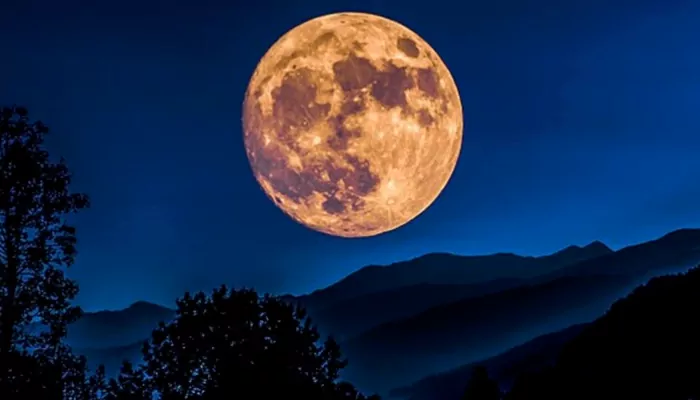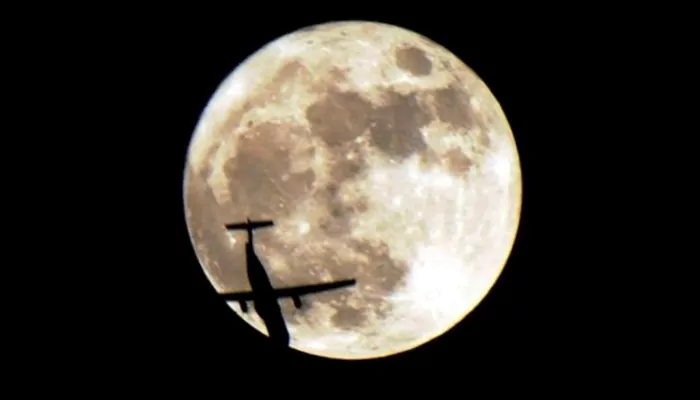Rare Harvest Supermoon Eclipse To Illuminate The Sky On September 17: What You Need To Know
- Gurpreet
- 1 year ago
- 3 minutes read

The rare event will be seen across Europe, Africa, Asia, and the Americas. However, it would not be visible in India.
Over the Pacific Northwest and several regions across the globe on Tuesday, September 17, 2024, a rare celestial event will take place as a partial lunar eclipse is all set to coincide with a super harvest moon. During the astronomical event, part of the moon will be covered by Earth's shadow.
For those caught unaware, September’s full moon is known as the harvest moon since it is closest to the autumn equinox. If the closest full moon is visible in October, the September moon is referred to as the corn moon. Meanwhile, this sort of moon is also a supermoon since it is slightly larger and brighter than usual. With the occurrence of the supermoon, harvest moon, and partial lunar eclipse, it is certainly an event to remember. While the partial eclipse will start around 4:40 p.m., it will reach its peak at 7:44 p.m.. As per NASA, 8.4% of the moon will be covered by Earth's shadow.
Visibility Across The World

Since it is visible mostly in the US, it is expected that most of Oregon and Washington would have an obscure view due to clouds and rains, but West Michigan locals might be able to witness it when the eclipse reaches its peak at 10:44 p.m. However, those living in India will not be able to witness the rare phenomenon as the moon will be below the horizon during the eclipse.
In its official statement, NASA mentioned, "The full moon will be on Wednesday, September 18, from Newfoundland and Greenland Time eastward across Eurasia, Africa, and Australia to the International Date Line."
Details Of The Unusual Eclipse
Interestingly, the partial lunar eclipse is not a full “blood moon”. It is when the entire moon is covered in Earth’s shadow, turning red. However, the latest event with its alignment with the Harvest Moon, is certainly fascinating.

A lunar eclipse, like this one, only takes place during the full moon phase, at a time when the moon is directly opposite the sun, and is located behind the Earth.
Also, September’s full moon is called the "Harvest Moon" since it takes place around the time when crops are harvested in the Northern Hemisphere. On the other hand, Supermoons are visible due to the moon’s elliptical orbit around the Earth. Meanwhile, NASA has confirmed that the eclipse will peak for just 10 minutes.
Upcoming Celestial Events
On October 2, 2024, a “ring of fire” annular solar eclipse will occur and will be seen in Easter Island, parts of Chile, and Argentina. On March 14, 2025, a lunar eclipse will be visible across the entire United States. On March 29, 2025, a partial solar eclipse will take place.



.webp)
.WEBP)
.WEBP)
.webp)
.webp)


.webp)
.webp)
.webp)